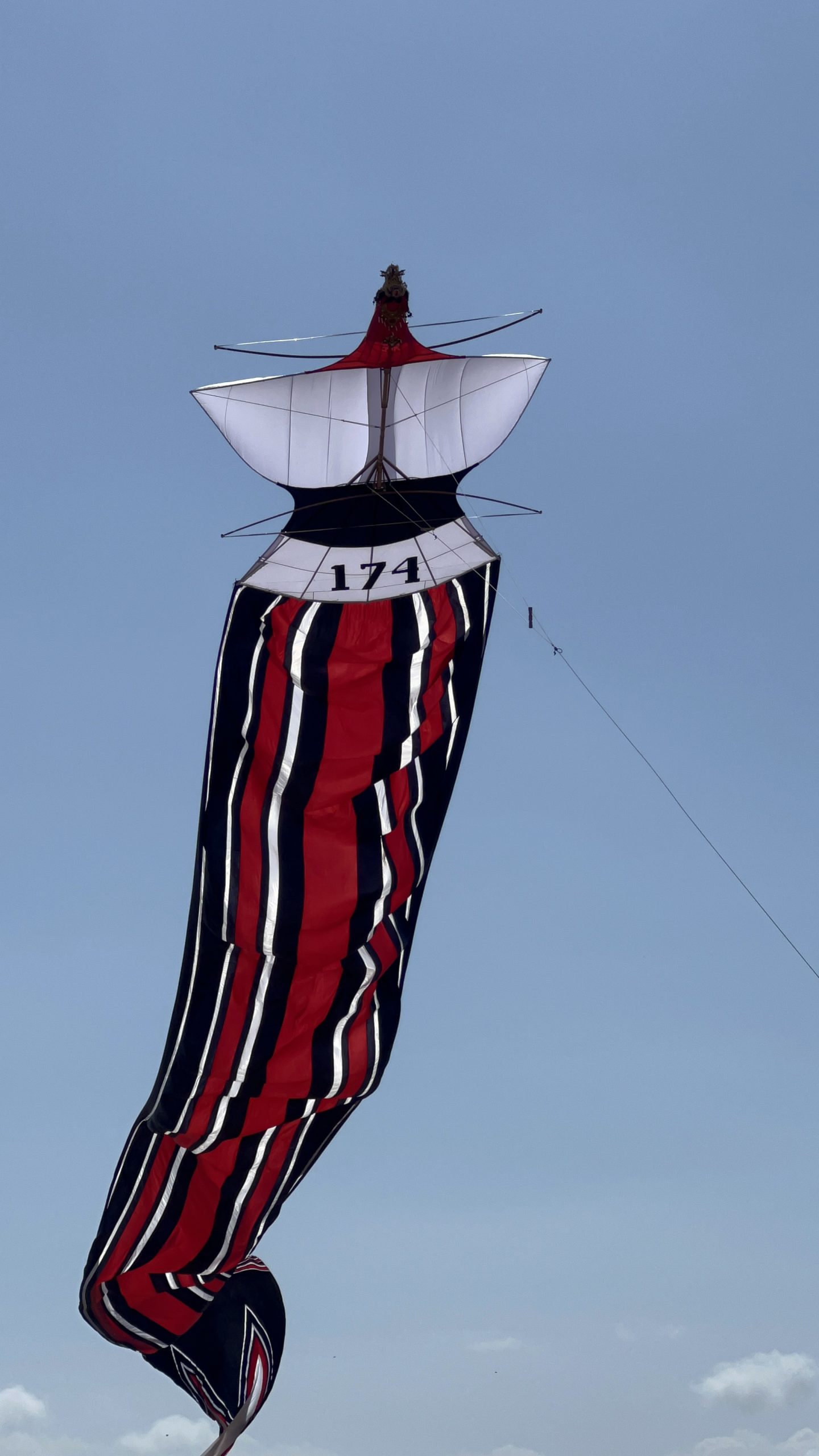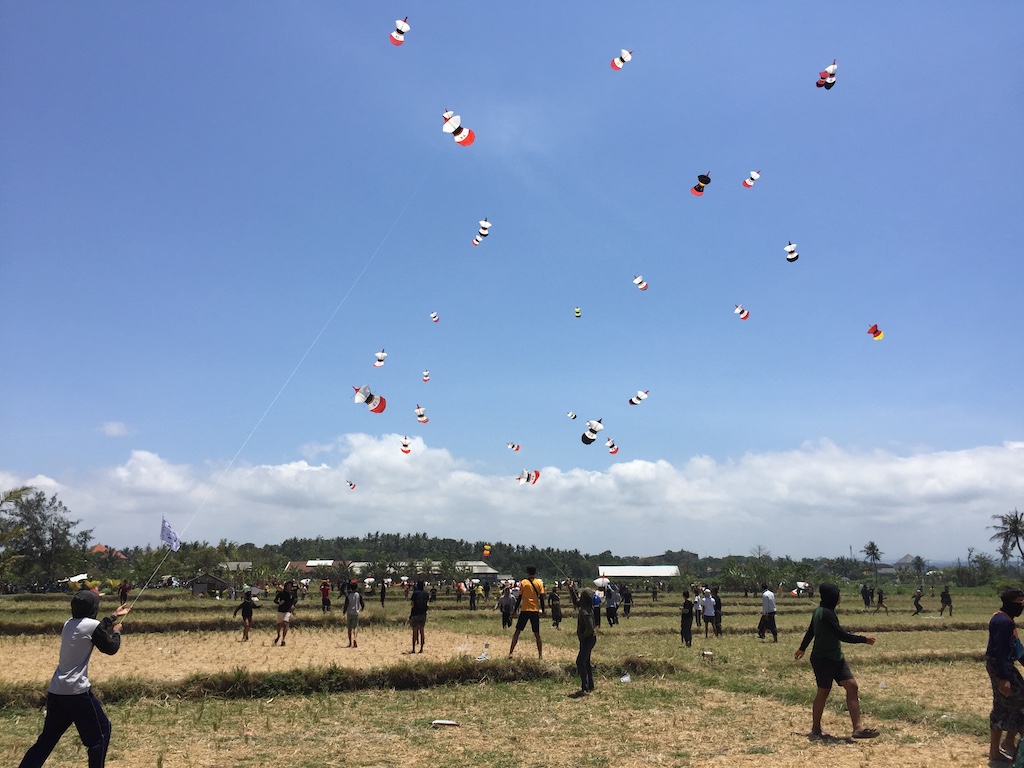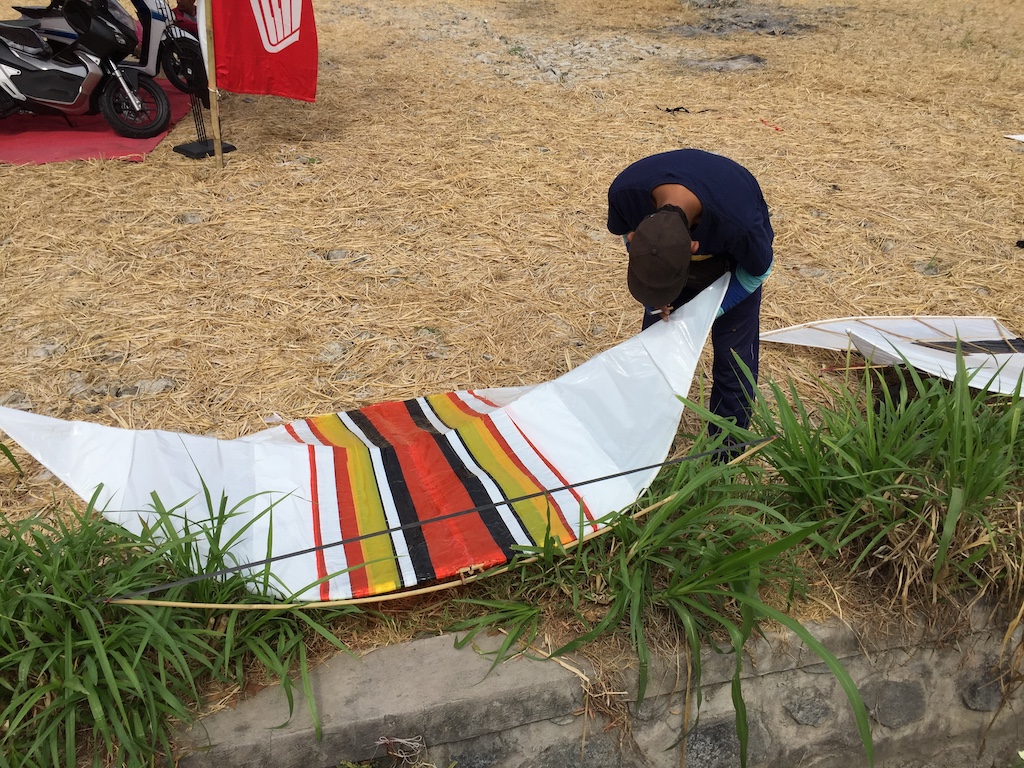DEFINITION AND PHILOSOPHY OF KITES
Kite flying is a familiar children’s game in Bali and has even been recognized by the world. That’s how popular the kite is, but it’s not followed by the popular understanding of the kite itself. What is how and what a kite actually looks like from name, shape and philosophy.
1. UNDERSTAND KITES.
Etymologically the word kite comes from the word “kites” meaning leaves, sheets, “anglayang, panglayang” meaning to float, float in the air, fly, “lalayangan” means Rupa (shadow), soul and spirit. In the Balinese-Indonesian dictionary it states that “Layang” means to fly, “nglayang” means to fly, fly, “kite” means kite, “fly” means to fly a kite.
So a kite is an object in the form of a sheet that can be flown and serves as a symbol of the soul, spirit, shadow, form and name.
2. NAME AND SHAPE OF THE KITES.
There are four types of kites in Bali namely: Pecukan, Buntak, Bebean and Jangganan, all of which are called traditional kites. In the 80’s era, new development kites emerged and moved into creation kites.
Judging from the shape and name of the Pecukan kite, the rhombus shape resembles a vagina as a symbol of pretiwi (earth), the Bunntak kite is similar to the Pecukan but the left and right edges are not sharp and below it is filled with a tail resembling a tassel as a symbol of purusa (mountain).
The name Bebean kite comes from the root word be meaning fish, which is an animal that lives in water. Bebean means its shape resembles a fish, as a symbol of water. Pecukan, Bunntak and Bebean kites are symbols of sea-mountain (sea and mountain).
The Jangganan kite is a form of kite formed by a combination of the Pecukan kite on the body and the bebean kite on the tail. On the face (tapel) it tends to make the face of the dragon a symbol or concept of fertility.
The Jangganan kite itself is a form of kite which has the meaning of sea-mountain, in which case the possibility is not excluded that the face of the Jangganan kite could be used in the form of an animal other than a dragon, as long as it is a forest animal.
3. EAGLE PHILOSOPHY / FLYING.
Kites in Bali have a very high philosophy. Kites are one of the complements of several complementary properties in the cult of Rare Angon. Rare Angon is a manifestation of Lord Shiva in the form of a small child who acts as a shepherd.
In semiotics we see that Rare Angon is formed from two words, namely Rare meaning Manifestation of Lord Shiva (macrocosm) or Soul (microcosm), while Angon is a shepherd who always shepherds as a form of thought.
If we look at the elements, the word ngon means fascinated and langon means beautiful. Rare Angon can also be interpreted as a form of the soul that always watches over the wandering mind in search of beauty.
“Rare Angon” is worshiped by all groups of the Hindu religious tradition, both the interested parties who worship based on Sangkul Putih, the main religious ceremony with the installation of Pindekan and Sunari, as well as the farmers when their rice started giving i its fruits by installing Petakut (scarecrow) as a form of Rare Angon and Rare Chili which are supposed to protect their rice from bird pests.
 The one-dualistic concept between Rare Angon as a form of purusa/kama petak and Rare Chili as a form of prakerti/kama bang which also forms the basis of kite building philosophy in Bali.
The one-dualistic concept between Rare Angon as a form of purusa/kama petak and Rare Chili as a form of prakerti/kama bang which also forms the basis of kite building philosophy in Bali.
The expanse of rice fields that is a stretch of land will build kites whose shapes refer to the philosophy of the earth, the mountain or fertility, while the expanses of sea will build kites in the shape of marine animals.
When these two symbols are combined between rareangon and rarecili it will unleash a very high spirit and it is the union of the soul that will give birth to fertility or life which is symbolized by the color black whose god is Lord Vishnu.
The three color elements which are the basic colors in kite making in Bali are often called tri datu, whose deity is Tri Semaya, namely Dewa Iswara in white, Dewa Brahma in red and Dewa Vishnu in black. In kite games, players often worship the god Wayu/Bayu as the god of wind, where worship is often marked by the raising of a banner depicting Hanoman accompanied by offerings and ceremonies.




